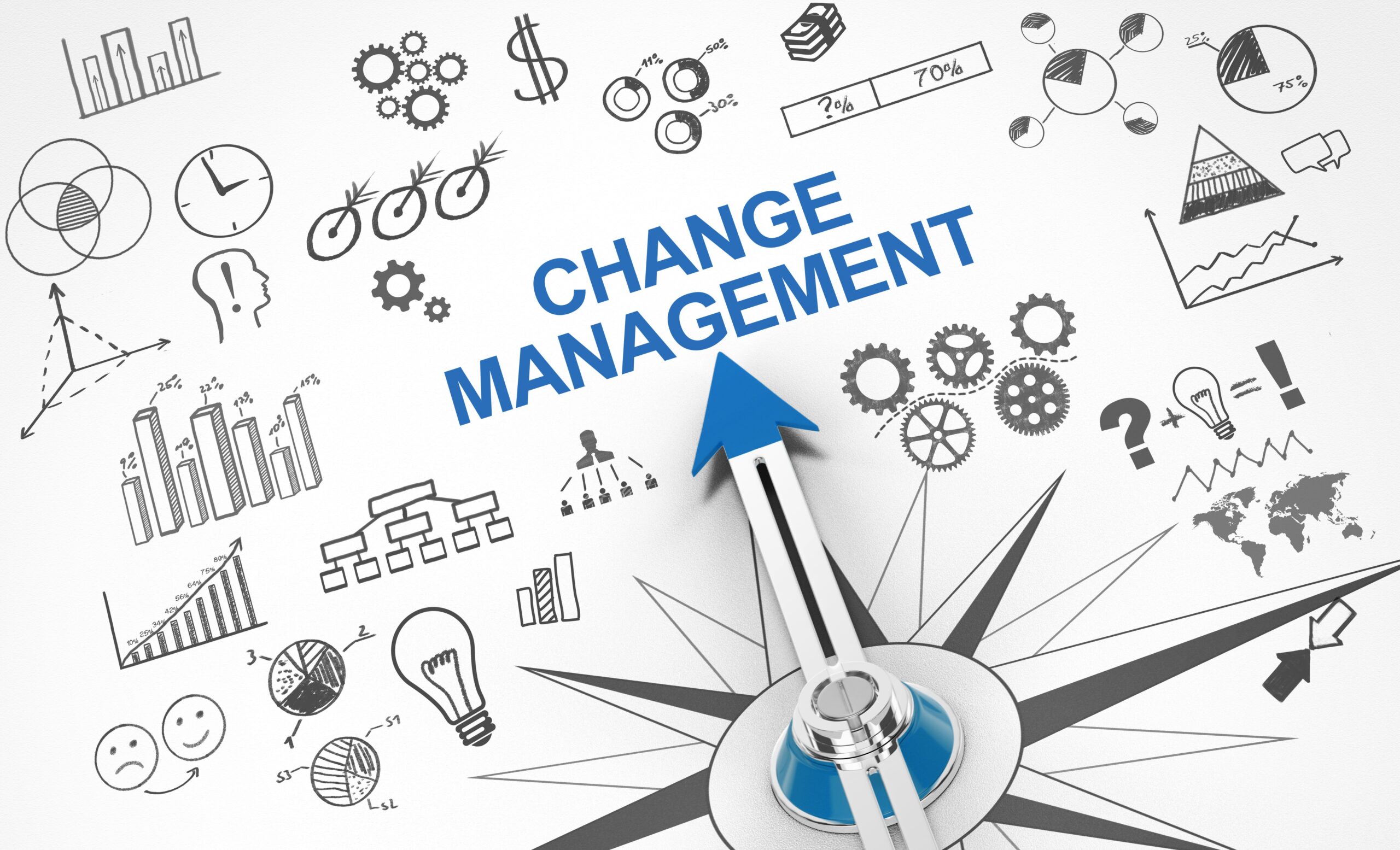
Change management is the key to effectively rolling out and adopting Microsoft 365 solutions. A framework to help teams transition to a new system to help them achieve their goals quickly and efficiently allows businesses to seamlessly roll out Microsoft 365 solutions internally.
Microsoft 365 is a complete suite of tools that focus on productivity and collaboration. To adopt a completely new set of tools, one has to feel at home with the services and embrace them while incorporating them into their work routine.
Partners can develop an adoption and change management (ACM) framework to tap into a $9.5 billion market for change management for Microsoft technologies, as they are projected to grow at 7% a year.
Microsoft 365 Adoption Guide and Adoption Planning
To effectively roll out new services to customers, businesses have to engage them in a change management framework that’s designed from the ground up to make the transition seamless. The framework is designed to accommodate users and stakeholders who are in charge of change and adoption.
Know More About Our Microsoft 365 and Consulting Services
There are three phases in the framework to allow your customers to adopt Microsoft 365 solutions effectively:
Pre-Launch
The first phase of the adoption approach involves understanding the organization’s needs, defining what you want to achieve from the exercise, and identifying which stakeholders will be in charge of change. This involves identifying groups of people that will be most affected by the change and defining what they can do to drive it forward. This phase also includes planning the rest of the change management framework.
Onboarding
While the pre-launch phase lays out the blueprint required to effect change, the onboarding involves making Office 365 available to early adopters transitioning to it. During this phase, stakeholders are trained to make the most of the new services.
Teams and their leaders must communicate to resolve any queries they might have concerning their new toolkit and integrate what they learned into their workflow.
Post-Launch
The final phase involves fine-tuning the tools to the specific needs of the workforce. Feedback and opinions must be gathered and used to identify any corrections required to meet the targets envisioned in the first phase. Gathering feedback helps assess how the tools can be adapted to the existing working methods or evolve innovative ways to perform tasks more efficiently.
Early Adopter Program
The Early Adopter Program allows organizations to test the waters before rolling out Microsoft 365 across the board. This will enable organizations to prepare for a full-scale launch of the services without experiencing wide disruptions across the networks.
The Early Adopter Program allows you to gather feedback and identify blockages that might hinder efficiency, allowing you to fine-tune parameters further to set the stage for the final rollout. Organizations can solve most problems of adoption within a small group of early adopters without putting the institution’s entire workflow at stake.
Here’s what you should do before the Early Adopter Program:
- Ensure you meet the technical requirements on FastTrack
- Identify business scenarios
- Define the criteria for success and measure impact
- Have IT teams do dry-runs of installation
- Establish communication channels and develop relevant material
- Support and training
- Send EAP groups communication material
With these bases covered, you can successfully roll out Microsoft 365 to your EAP group.
Building Champions, The Flag Bearers of Change
Once you’ve rolled out Microsoft 365 to your EAP group, your next challenge is to identify and recognize those with the skills and motivation to be a Microsoft 365 Champion.
Champions are skilled individuals who have the technical skills and drive to help others adopt Microsoft 365 effortlessly. It is essential to keep in mind that Champions play a pivotal role in scaling the suite to all users across an organization.
Champions are typically motivated about implementing new and efficient technologies in their workflow and appreciate new ways to collaborate. They are encouraged to help their peers, and other colleagues adopt Microsoft 365 easily. They must be able to take time out to help others leverage the full capacity of Microsoft 365.
Here’s a full guide on how to train and build your Champions program.
Organizational Training and Continuous Learning
The final phase of the rollout involves training the workforce and fostering a culture of continuous learning within the organization. This allows employees to be fully equipped to use Microsoft 365 services and take advantage of the nuances of the software suite, which will help stakeholders make the most of the technologies and be much more efficient in their workflow.
Continuous learning is an integral part of the adaptation process and helps workplaces adapt to new technologies quickly and with fewer roadblocks. In a rapidly changing technological landscape, it’s crucial to effect continuous learning and adapt to the best technology, such as Microsoft 365.
Another benefit of continuous learning and organizational training is that employees can help themselves and their peers. This facilitates an environment of healthy competition and support. Continuous learning will ensure that learning and adaptation extend beyond the skills imparted in the training sessions while keeping in mind that employees can often learn better from their colleagues and peers.
In Summary
Implementing a change management framework for adopting Microsoft 365 services makes it easy for organizations to stay ahead of the competition by using the capabilities of the most advanced productivity tools. Using better technologies helps your teams achieve their targets with minimal effort, thus boosting their morale, keeping them engaged with their work, and motivating them to perform better.
Your blog post content here…




